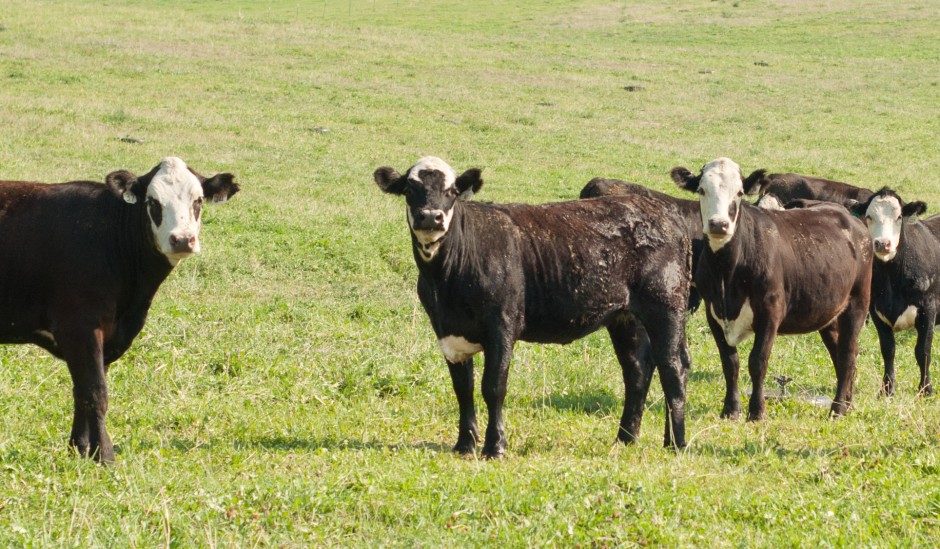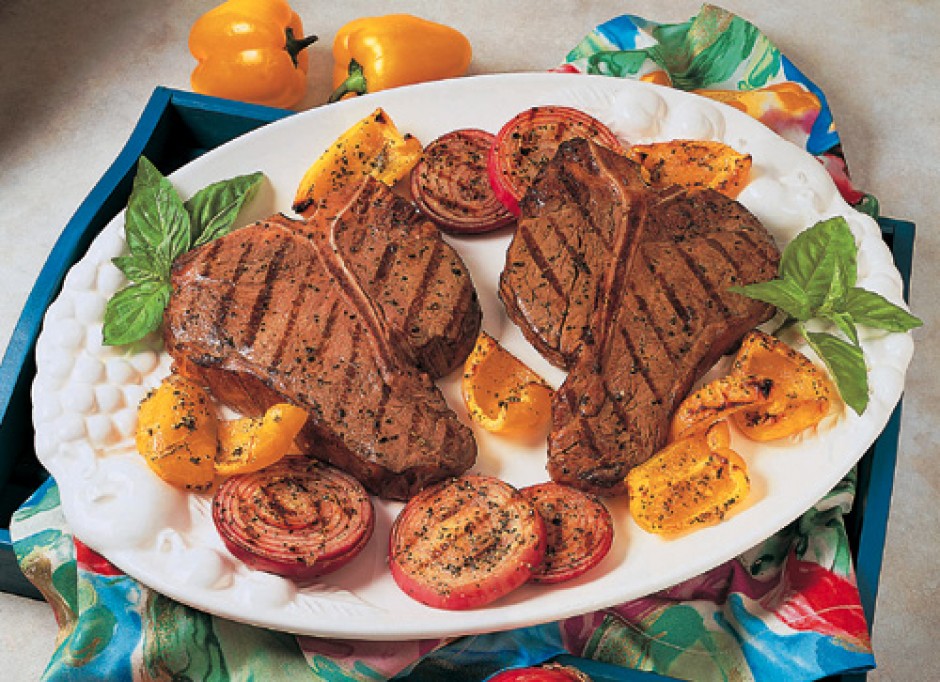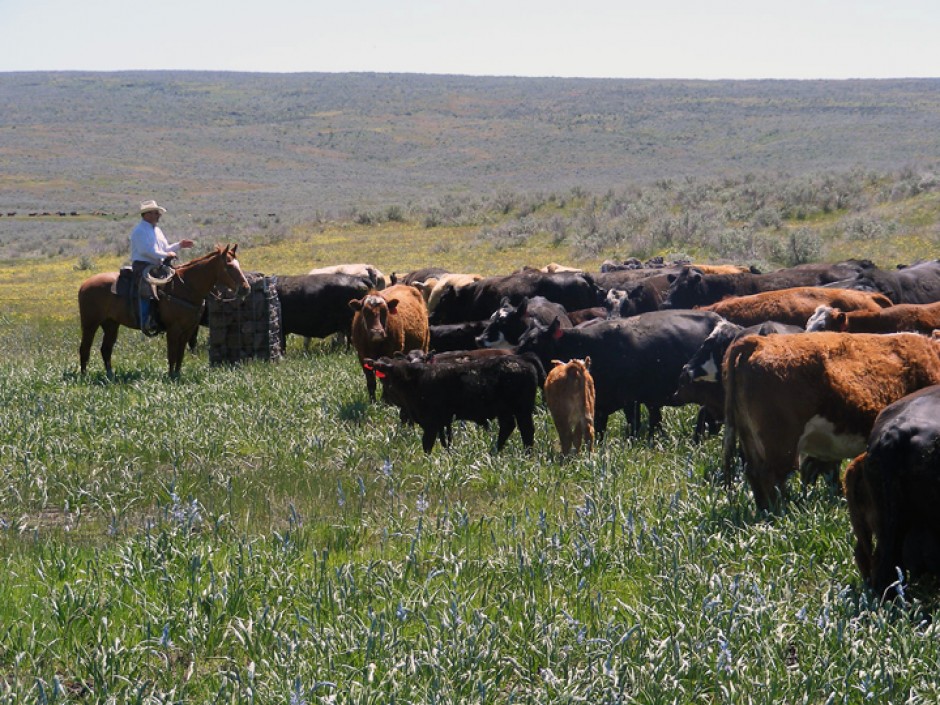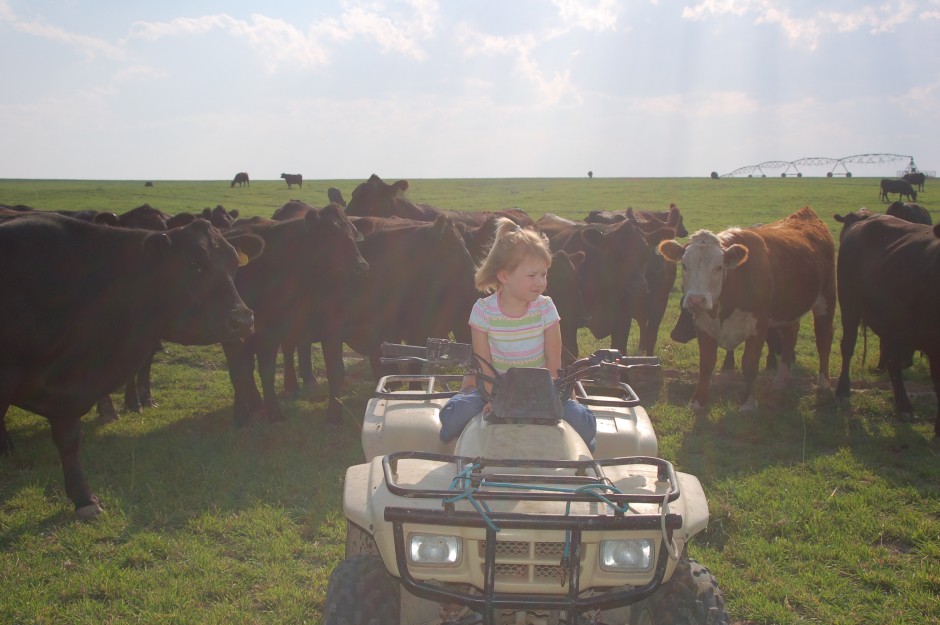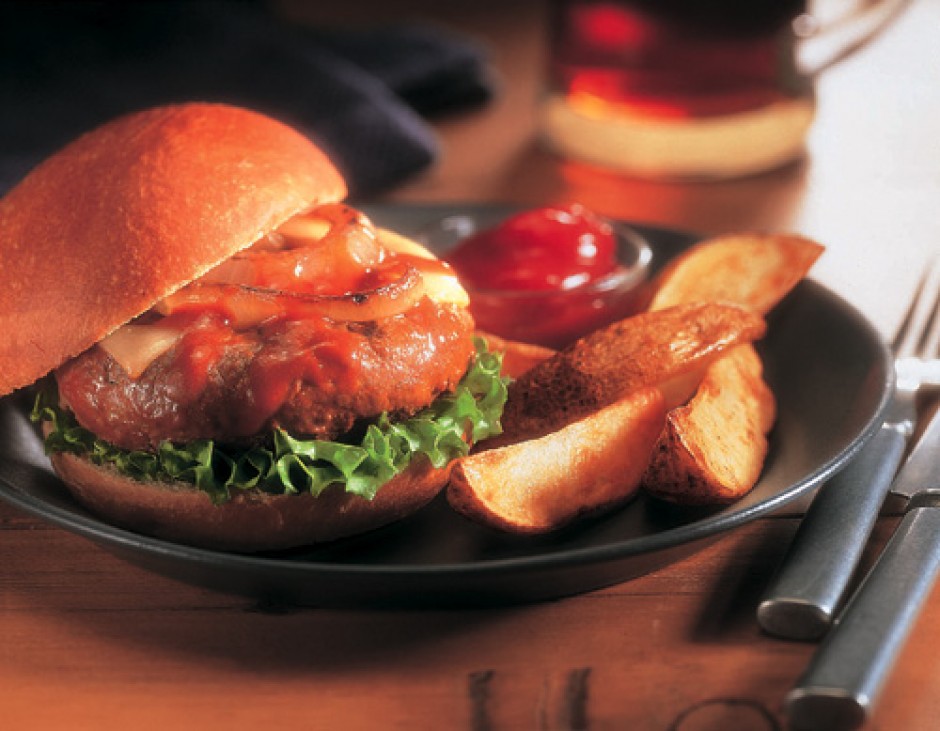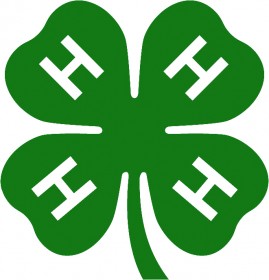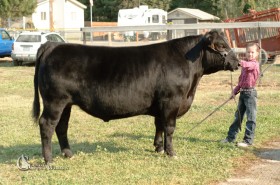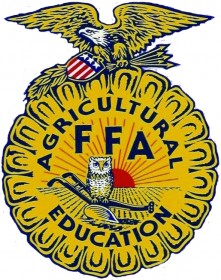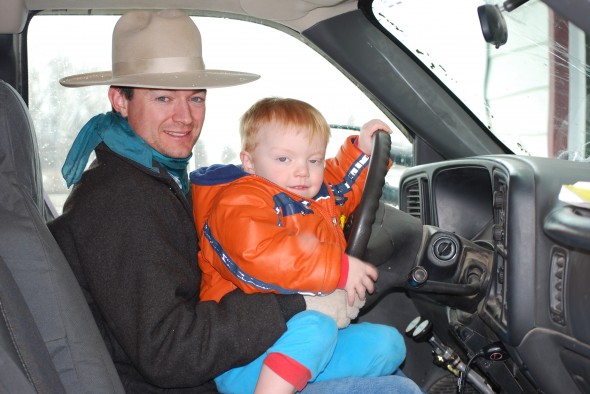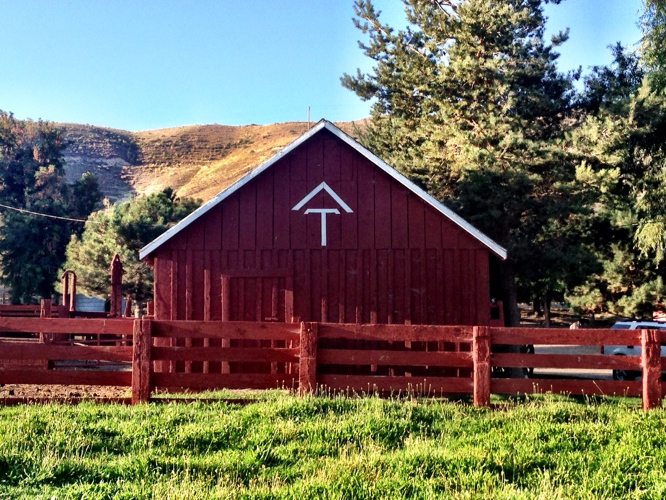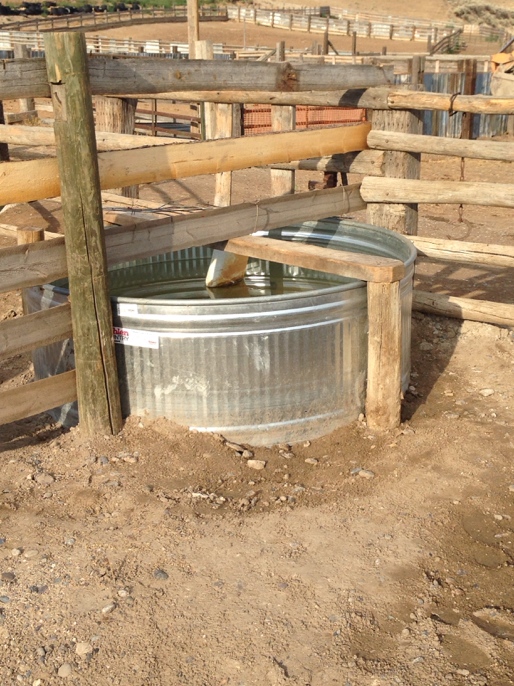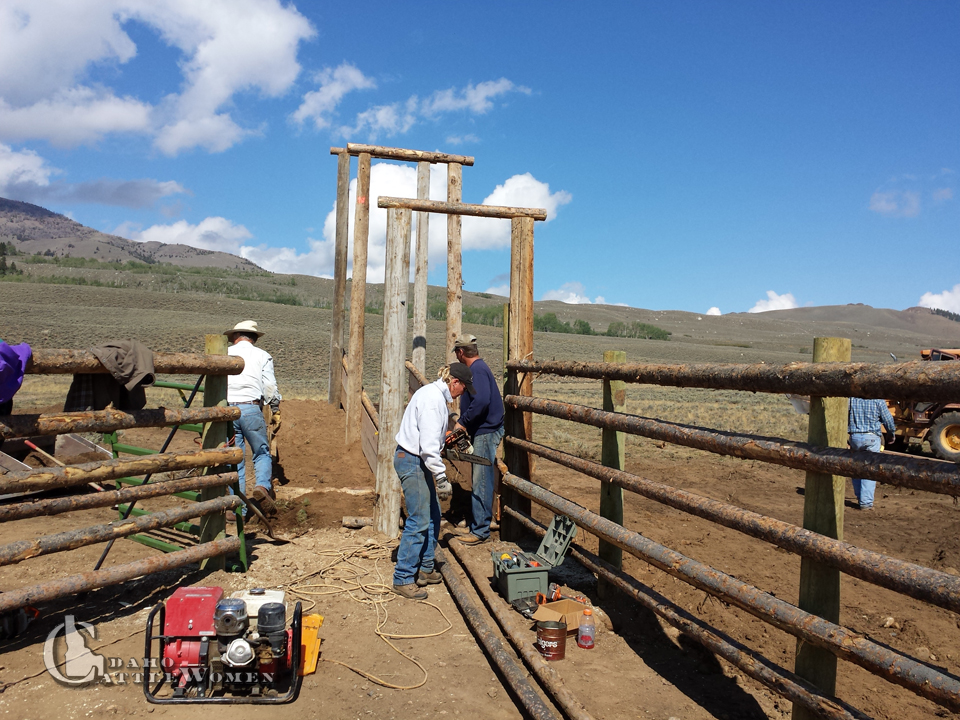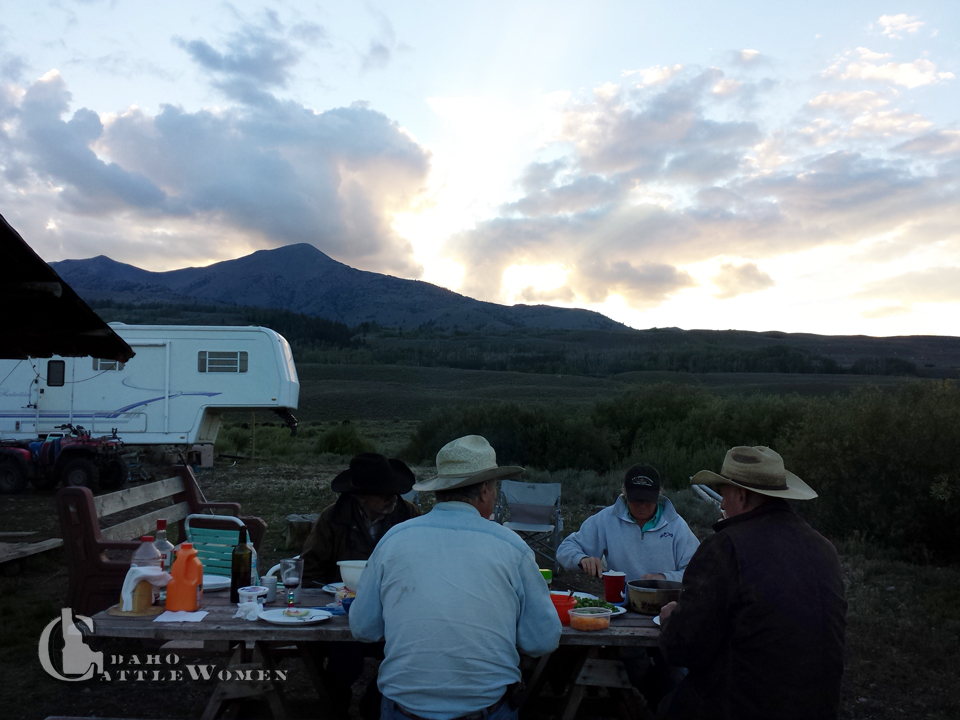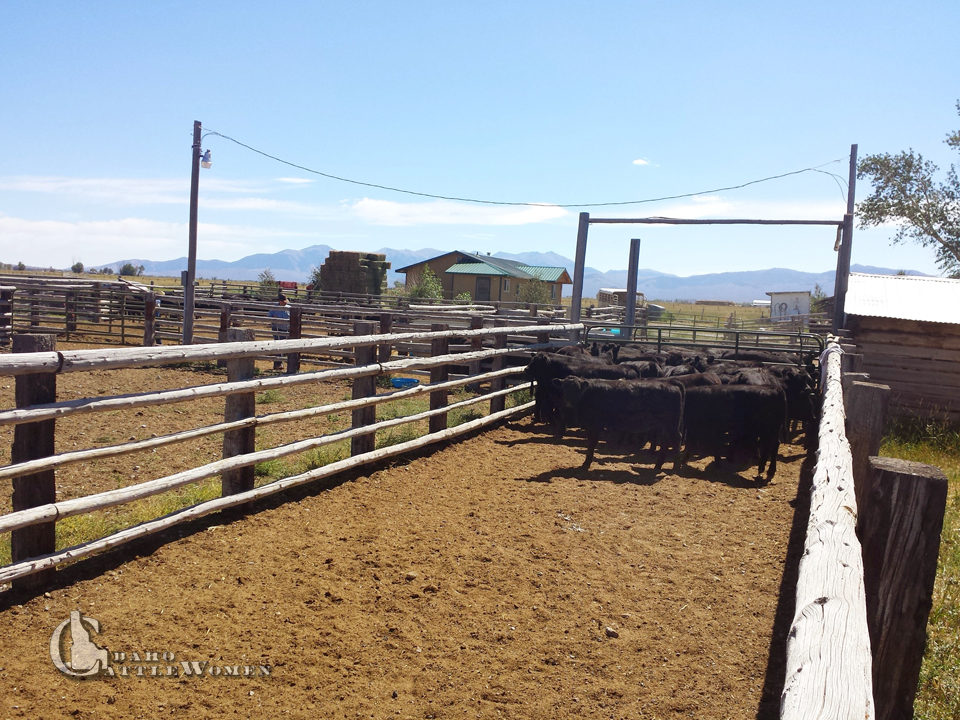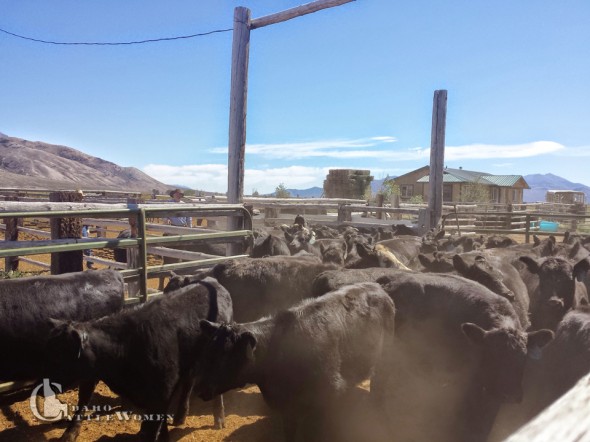Gathering the cows
I heard Skeeter’s pickup drive by the house, I looked at my alarm clock and it was 6:23 a.m. Oops, I didn’t set my alarm and didn’t hear James’. I could hear James in the shower. We were supposed to be up and ready to head to Willow Creek for day one of gathering cows. I jumped out of bed and went to the kitchen to make sandwiches and put together a meager lunch for the crew. I could hear my father’s voice saying, “We’re burnin’ daylight.” I checked with JJ to see if she was going to be able to go with us or if she had to stay for volleyball pictures. I was delighted when she said she didn’t have pictures and encouraged her to get moving. She had a volleyball game Thursday night, early volleyball practice Friday morning, went to the Gooding vs. Melba football game Friday night and got home after midnight. Needless to say, she wasn’t jumping out of bed.
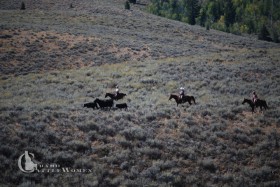
Cows and calves are summered in the mountains. In the fall, the family gathers them up and brings them to the home place to wean the calves.
Skeeter caught the horses in time for the horseshoer to show up and set one of Rocky’s shoes. Once that was done, Rocky, Cash and Boone were loaded and we headed north to Willow Creek, a little less than an hour away. Again, not the early start we had hoped for, but we were finally headed to our destination. We met up with Ben, Bruce and Bruce’s dog, Meg, at the south end of the allotment where several pair had been taking advantage of the water and green feed the August rains brought us.
And so it began—up the hillside, picking up cows along the way headed north towards the cabin and the upper meadow field. We had several tree and brush filled draws to clear along the way. We managed to flush out a deer that headed around the hillside and appeared to be on a collision course with Skeeter and his horse, Boone. She headed straight up the hill when she got a glimpse of them. Even with the occasional cow bawls, horse whinny’s and Bruce saying “that’ll do, Meg,” it was very peaceful and seemed like you could hear the faintest of noises.
About halfway we met up with Rishelle, Kris and Kris’ dog, Skye. They had left from the cabin and rode through Hagan Canyon. They reported seeing a few pairs, but they went further up the canyon, eluding them. We developed another game plan. Ben, Kris and Skye headed west further up the hillside and would drop down into the orchard, named for the lone apple tree in the area. The rest of us continued north pushing the 30-some pair we had gathered along the way. We made it to the meadow field near the cabin and barn, clearing the five head in the horse pasture.
We began eating our lunch and watching for Ben and Kris to come down from the orchard with any cows they gathered along the way. When we saw the head of the first cow poke around the side of the hill, we mounted back up and went to help. A rough count gave us 47 pair and 2 bulls, which included a number of animals that didn’t belong to us. That means we didn’t have everything. Guess this is day one of 2014 gathering.
~ Dawn
 Dawn and her family raise registered Herefords near Gooding, Idaho. Her great grandparents began a legacy of raising cattle in Idaho. She and her husband, James, and their two children continue producing range-ready bulls for commercial cattlemen. They enjoy working together as a family and the ranching lifestyle.
Dawn and her family raise registered Herefords near Gooding, Idaho. Her great grandparents began a legacy of raising cattle in Idaho. She and her husband, James, and their two children continue producing range-ready bulls for commercial cattlemen. They enjoy working together as a family and the ranching lifestyle.
